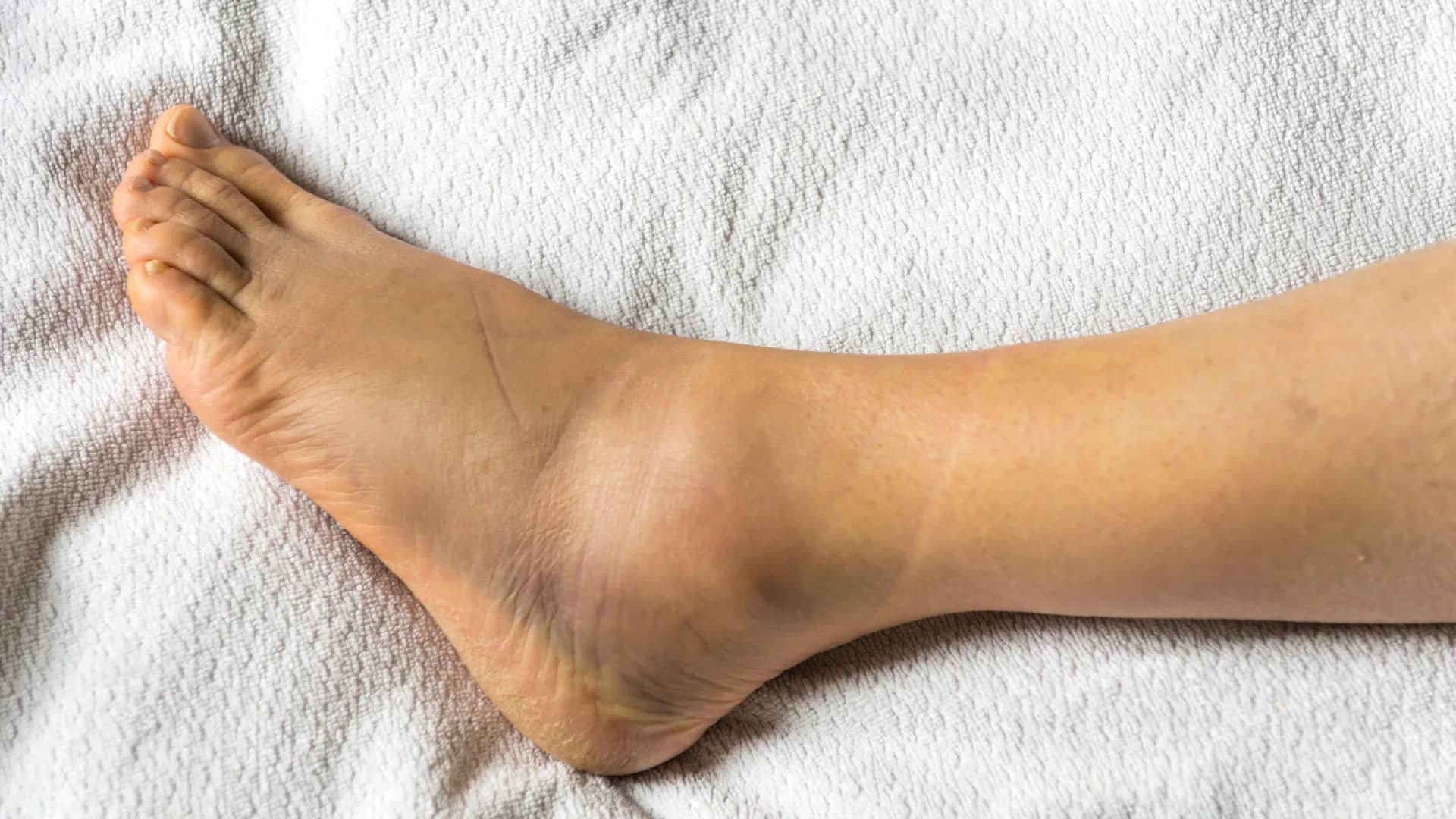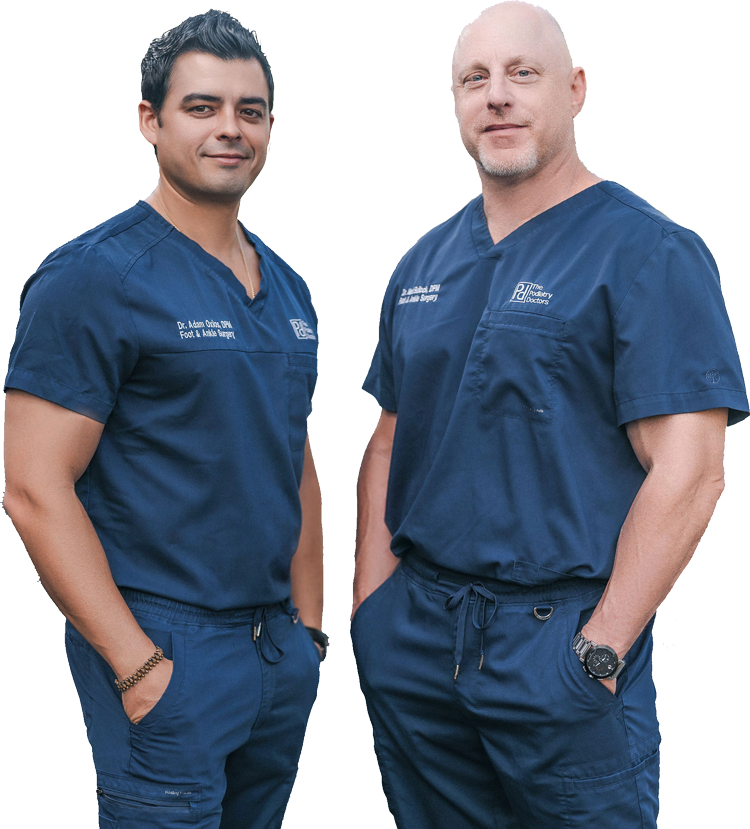
Lower Extremity Swelling / Edema
Lower extremity edema or swelling is a condition commonly seen in the older population. Other conditions such as obesity and venous stasis are also contributory. As blood begins to pool in the veins, the plasma and interstitial fluid (watery component of blood) leaks out into the surrounding tissues, causing the legs to swell. This happens because the large veins in the leg become faulty, no longer being able to return blood up to the heart. Edematous tissue is at high risk of skin breakdown, causing “venous ulcers.” These are very painful, odorous wounds that are difficult to heal since the edema must be controlled prior to the skin being able to heal.
Aside from a visible increase in size, symptoms include heaviness, lethargy, itchiness, and discoloration in the shin area. Large, bulging, varicose veins may also be seen in severe cases.
Conservative treatment begins with elevation and compression (stockings, wraps, pneumatic boots). Most times, this needs to be done for the rest of the patients’ life, since the underlying problem (faulty veins) are still present. To treat the condition permanently, the varicose veins need to be removed or closed. Previous treatment consisted of stripping the veins, which left large scars. Recently, new procedures are being done by sending a small guide wire with a laser tip through the vein. This laser burns the inside of the vein, causing it to collapse and scar down. Local anesthetic is used prior to avoid discomfort.
If you notice immediate swelling or swelling in only one leg (without prior trauma), call 911 immediately or visit your local emergency room.



